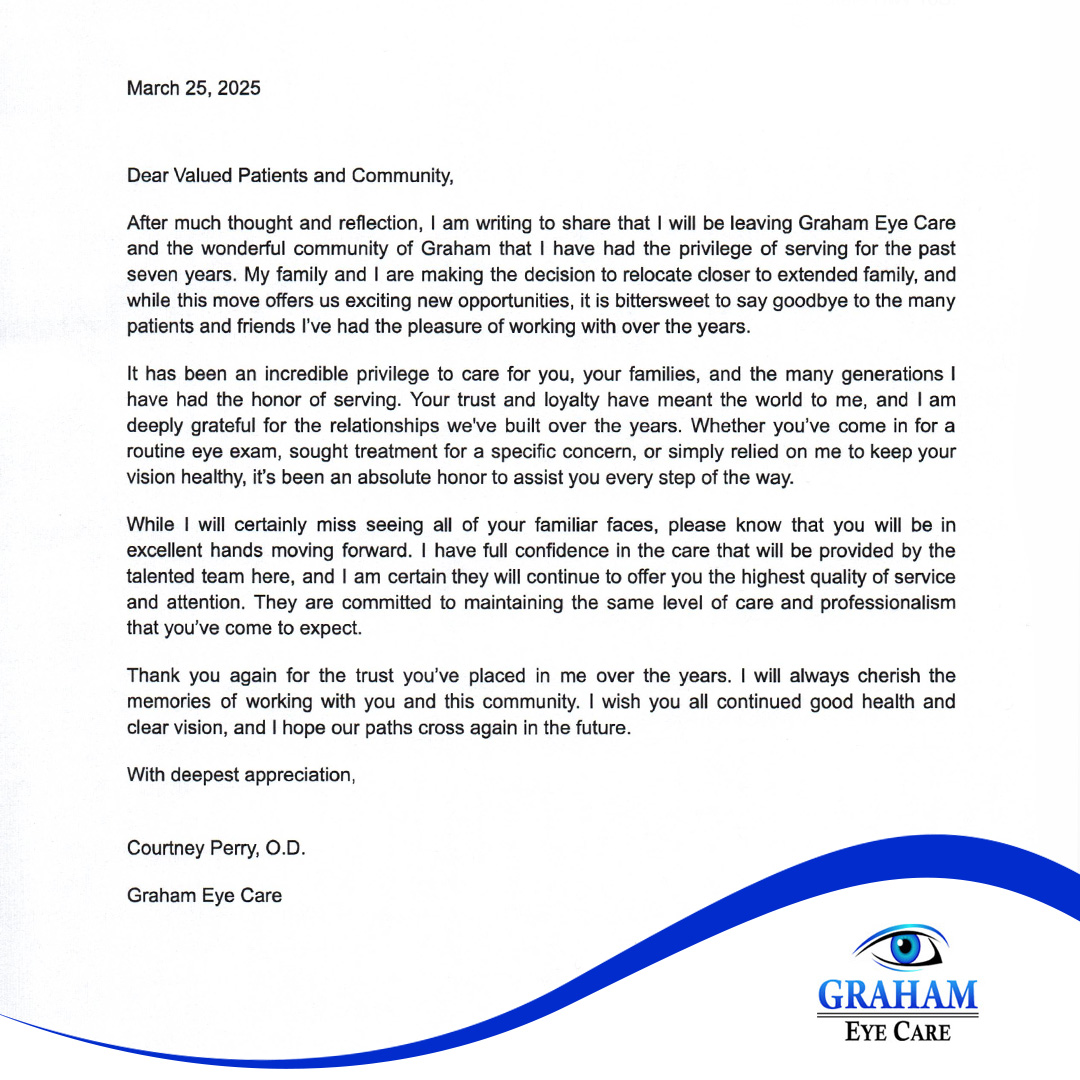
Itchy, watery, and irritated eyes are common complaints - but are they caused by allergies or dry eye disease? Because the symptoms overlap, it’s not always easy to tell the difference. Understanding what’s behind your discomfort is the first step toward finding relief, and your eye doctor can help you get the right diagnosis and treatment.
Understanding Eye Allergies
Allergies are triggered by exposure to allergens such as pollen, dust, or pet dander. They typically affect both eyes at the same time and may be accompanied by other allergy symptoms like sneezing or a runny nose. Signs of eye allergies include:
• Redness and itching
• Tearing and watery discharge
• Swollen eyelids
• Burning sensation that worsens with allergen exposure
Eye allergy symptoms are often seasonal but can also occur year-round if you’re exposed to indoor allergens.
What Is Dry Eye?
Dry eye occurs when your eyes don’t produce enough tears or when the tears evaporate too quickly. Unlike allergies, dry eye is a chronic condition that can worsen over time. Symptoms may include:
• Burning, stinging, or gritty sensation
• Fluctuating or blurred vision
• Redness and irritation
• Feeling like something is in your eye
• Discomfort that worsens with screen use, contact lens wear, or windy environments
Dry eye tends to persist even when you’re not around allergens and is often linked to aging, certain medical conditions, or lifestyle factors.
Key Differences Between Allergies and Dry Eye
While the symptoms are similar, here are a few clues to help distinguish them:
• Itching is the hallmark sign of allergies, while burning and grittiness are more common with dry eye.
• Watery discharge suggests allergies, whereas dry eye may actually cause watery eyes due to reflex tearing.
• Other allergy symptoms like sneezing and nasal congestion point to allergies rather than dry eye.
Why You Need to See Your Eye Doctor
Because the conditions can mimic each other, trying to self-diagnose may lead to frustration and ineffective treatments. Over-the-counter allergy drops may not relieve dry eye, and artificial tears alone won’t address allergy triggers.
Your eye doctor can perform specialized tests to determine whether allergies, dry eye, or both are contributing to your symptoms. From prescription medications to in-office treatments and lifestyle recommendations, personalized care is the best way to find lasting relief.
Take the First Step Toward Relief
Eye discomfort should never be ignored. Whether it’s allergies, dry eye, or a combination of both, getting the right diagnosis is essential to protect your vision and improve your quality of life.
If you’ve been struggling with irritated, red, or watery eyes, schedule a consultation with Graham Eye Care today. We’ll get to the root of your symptoms and provide a customized treatment plan so you can see and feel your best. Visit our office in Graham, Texas, or call (940) 549-1800 today.








